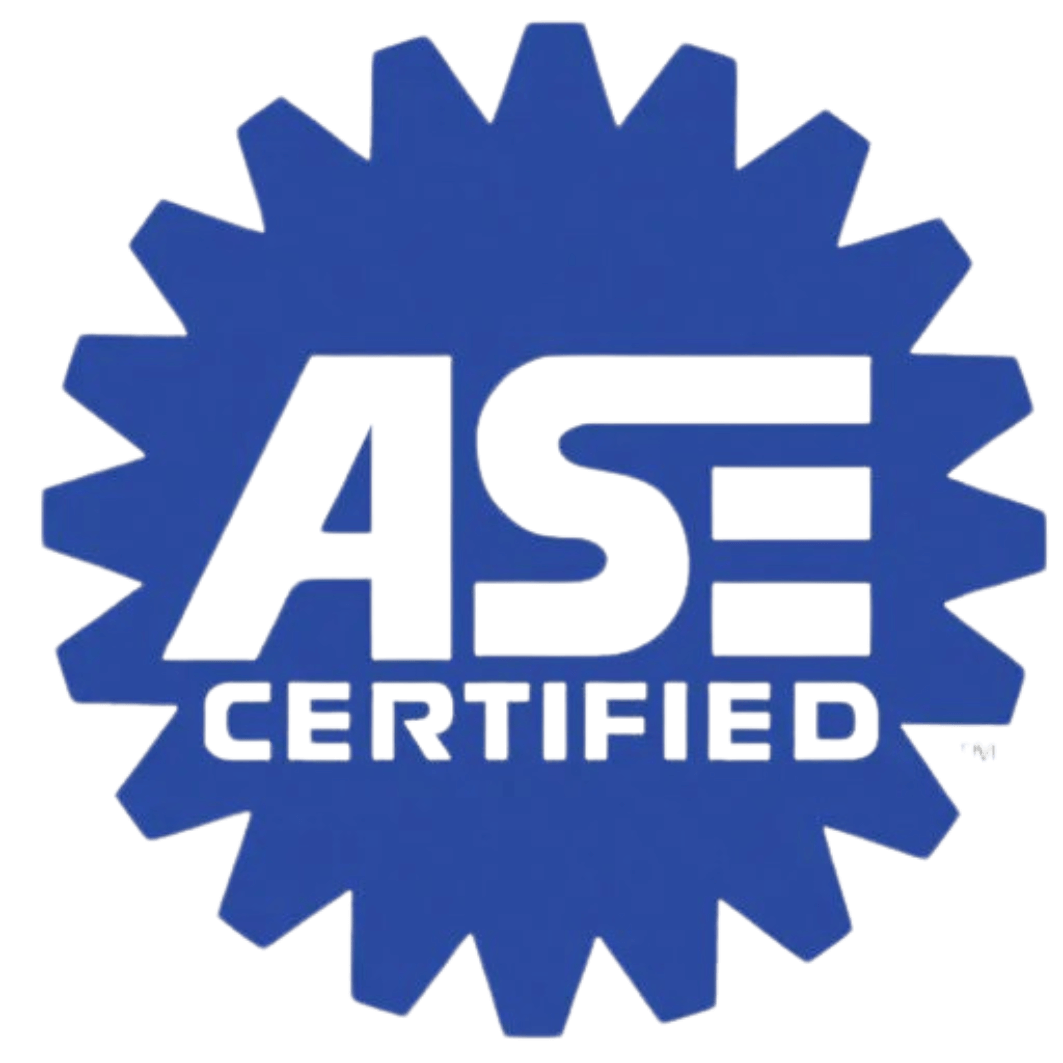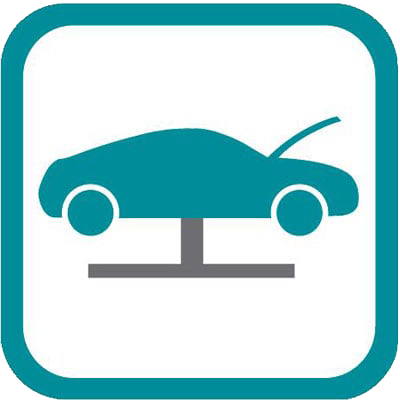Why Your Car’s Engine Is Making a Rattling Noise
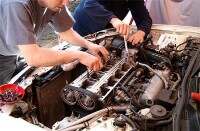
Why Your Car’s Engine Is Making a Rattling Noise Are you hearing a rattling or pinging sound from your car? Is the noise coming from the engine area? An engine rattling noise can be a sign that something is wrong, and should be addressed as soon as possible. Let’s take a look at some possible […]
Why Does the Inside of My Car Smell Like Gas?

If the inside cabin of your vehicle smells like gasoline, it could be a sign that there may be more significant problems, and you should address them as soon as possible. While the smell of gas fumes on occasion isn’t as alarming, a strong odor from inside the vehicle should be investigated right away. […]
Road Trip With Your Pet: 8 Tips
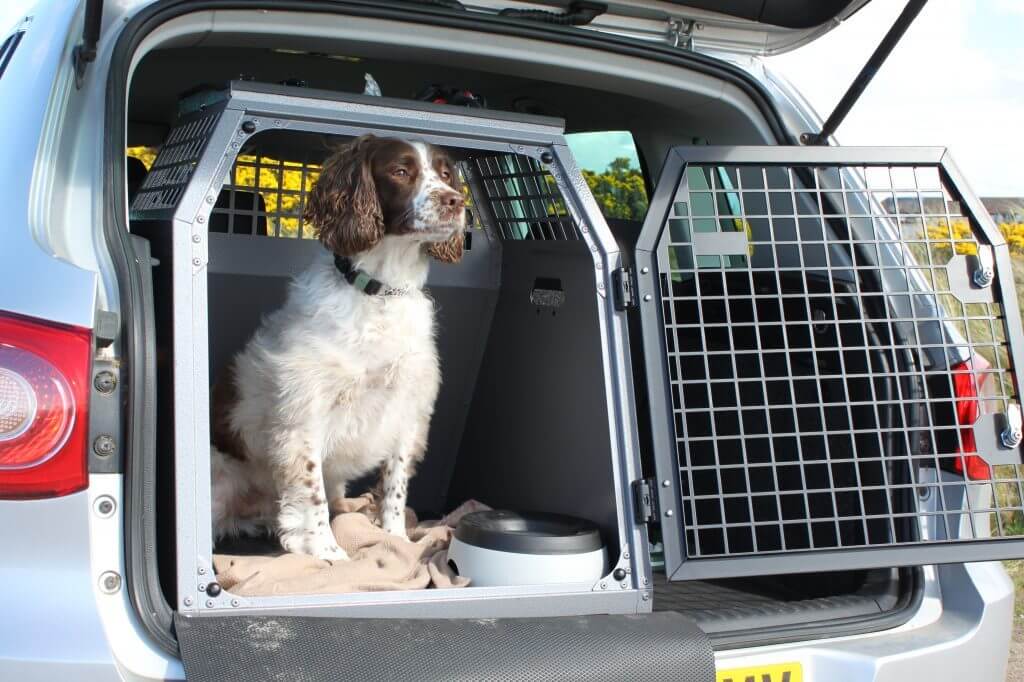
Pets play an important role in our lives; emotional support, cuddle buddy, and a fun companion. It can be hard to be away from our pets for a long period of time, which is why people often bring their pets along for the adventure. There are some critical safety tips to keep in mind if […]
Safety Tips for Driving In Heavy Rain
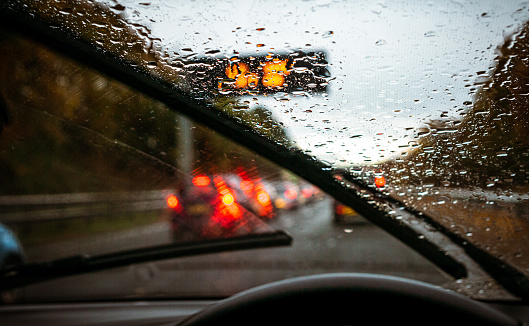
Spring has finally arrived- along with an increase in rainy days. Heavy rain may be beneficial to flowers, but it is not the best weather to drive your car in. The roads become slick and visibility can be limited due to rain and fog. Use these tips to ensure a safe trip during heavy rainfall. […]
How To Know If Your Brakes Need To Be Replaced
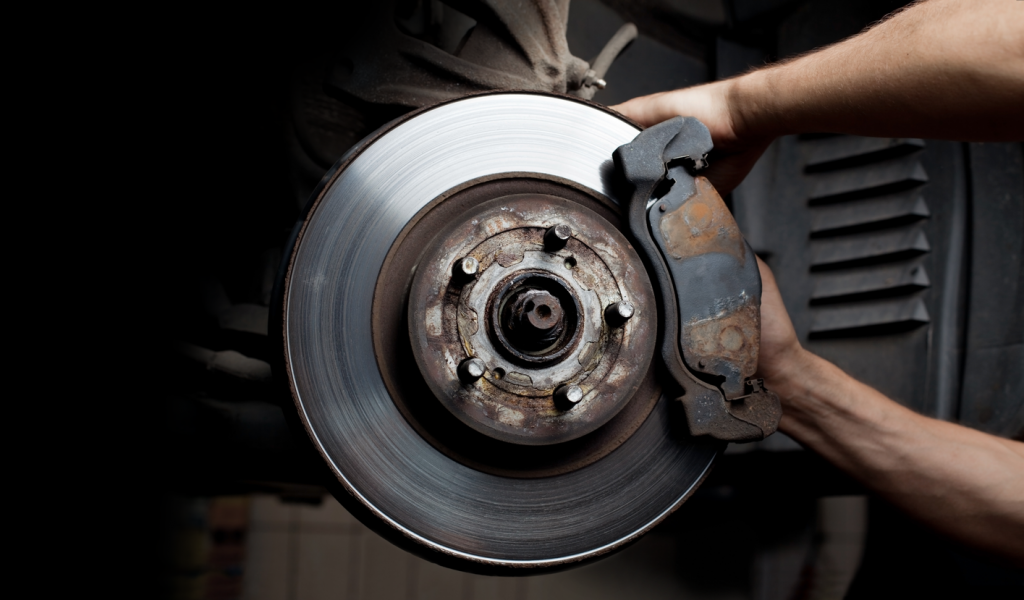
The brake pads are an essential factor in your braking system. They protect the rotor from damage and distribute heat from friction. Many problems could arise if the brake pads are worn down more than a quarter of an inch. The metal “wear indicators” making friction with the rotor can cause warping or cracking. Without […]
Why You Should Avoid Potholes on the Road
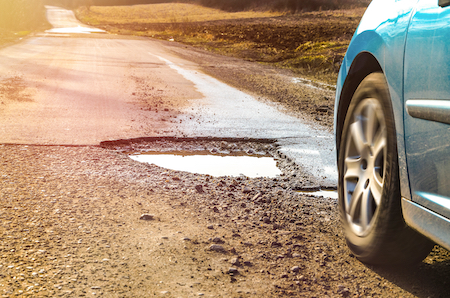
The months of December- April are considered pothole season. Potholes are formed in the pavement due to the expansion (freezing) and contraction (thawing) of ground water from rain and snow, and from heavy traffic. While potholes usually only develop to a depth of a few inches, if they become large enough, they can cause damage […]
How to know your wipers need to be replaced

Most of us pay little attention to our wipers, until we need them the most. The rain is coming down fast and thick and you can’t see 5ft in front of you. You turn on your wipers and you can barely see out better than you could before. Your heart begins to race as you […]
Driving in Hazardous Weather
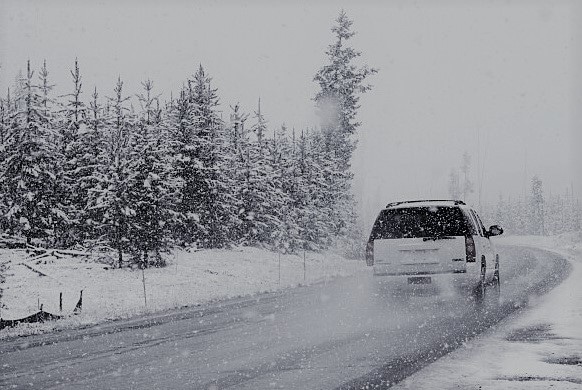
Preparation, practice, staying calm and caution are the keys to staying safe in hazardous driving conditions. Conditions such as snow, heavy rain, or even thick fog often relate to an increase in traffic incidents/crashes. Don’t let this make you think that a little bit of snow or rain doesn’t also call for precautions when driving. […]
Car sitting idle for weeks or months? Here’s what you need to know.
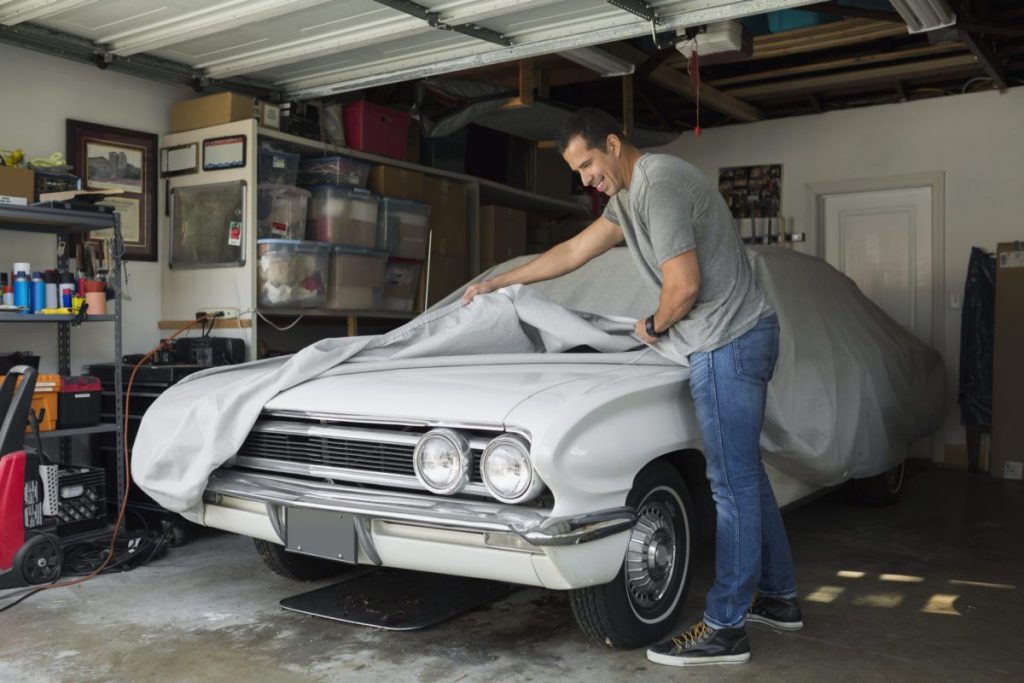
Has your car been sitting for weeks? Maybe even Months? If so, there are some things you need to know to keep your car working properly for when you need it. The main issue that you might run into is a dead battery. That is why it is good practice to drive your car for […]
Are Your Tires Ready For Winter?
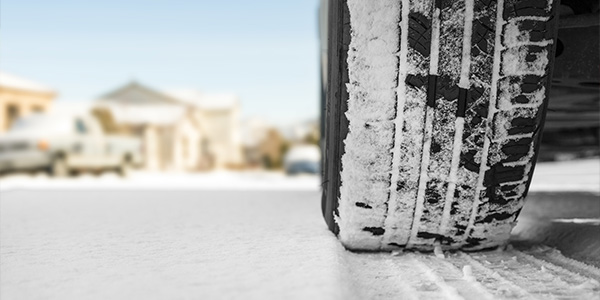
With the winter season upon us, it is inevitable we will soon be dealing with colder temperatures, snow, and ice. Properly maintained tires are vital…

